The Zebra ZC300 is a cutting-edge barcode scanner that combines advanced technology with user-friendly features. With its graphical color LCD display, you’ll experience seamless navigation and effortless control, making it perfect for both office and industrial environments. Its sleek dimensions of 10.2 inches in height, 6.2 inches in width, and 18.4 inches in depth, along with a weight of 9.7 lbs, ensure easy integration into any workspace.
Zebra ZC300 Dual-Sided ID Card Printer Price in BD 2023
The Zebra ZC300 Dual-Sided ID Card Printer is an advanced and reliable printing solution for producing high-quality identification cards. In 2023, it is available in Bangladesh at a competitive price. This printer offers dual-sided printing capabilities, allowing you to print on both sides of the card simultaneously, enhancing efficiency and saving time. With its sleek design and compact size, it fits perfectly into any office environment. The Zebra ZC300 features state-of-the-art technology, ensuring crisp and vibrant prints with sharp text and images. It also incorporates user-friendly features like easy-to-use interface and quick-loading ribbon cartridges, making it a perfect choice for organizations that require professional ID card printing.
Impressive Performance:
This remarkable scanner delivers exceptional performance, ensuring that your operations remain efficient and productive. Enjoy printing speeds of up to 900 cards per hour for single-sided monochrome printing, 200 cards per hour for single-sided YMCKO printing, and 140 cards per hour for dual-sided YMCKOK printing. Additionally, the ZC300 offers a swift dual-sided monochrome printing speed of 450 cards per hour, all with a sharp 300 dpi print resolution, resulting in stunning image clarity with 1006 x 640 pixels.
- Versatile Paper Handling:
The Zebra ZC300 accommodates various paper types, including PVC and PVC composite materials. It boasts an input capacity of up to 100 cards with its auto-adjusting input hopper (30 mil) and an output capacity of 100 cards with its output hopper (30 mil). Supporting CR80 ISO 7810 ID-1 format and CR79 paper sizes, this barcode scanner offers flexibility for all your card printing needs.
- Dependable Warranty:
Zebra stands by the durability and reliability of the ZC300 Dual-Sided ID Card Printer, backing it with a 1-year service warranty. Rest assured that your investment is protected, and you can rely on Zebra’s excellent customer service should any issues arise.
Unlock the Full Potential:
From office applications to industrial usage and even at home, the Zebra ZC300 Barcode Scanner is a perfect match for all your barcode needs. Whether you’re printing employee IDs, membership cards, or access badges, this scanner delivers flawless results with every use.Get your hands on the ZC300 Dual-Sided ID Card Printer from the renowned brand Zebra today, and witness the power of seamless barcode management for yourself. Make your barcode printing tasks efficient, accurate, and hassle-free with the ZC300, available exclusively at Website!


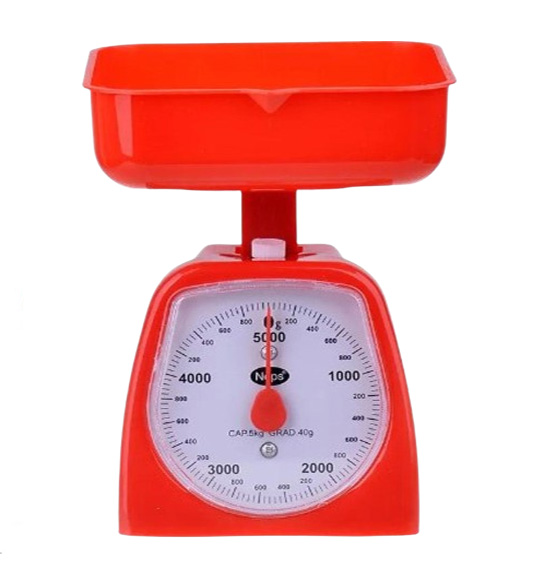
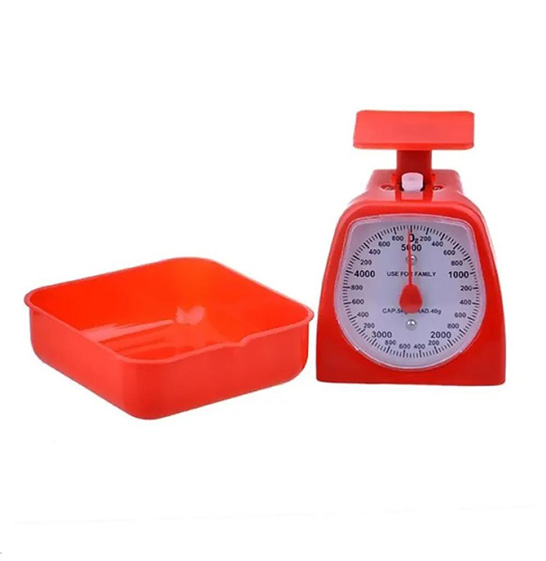
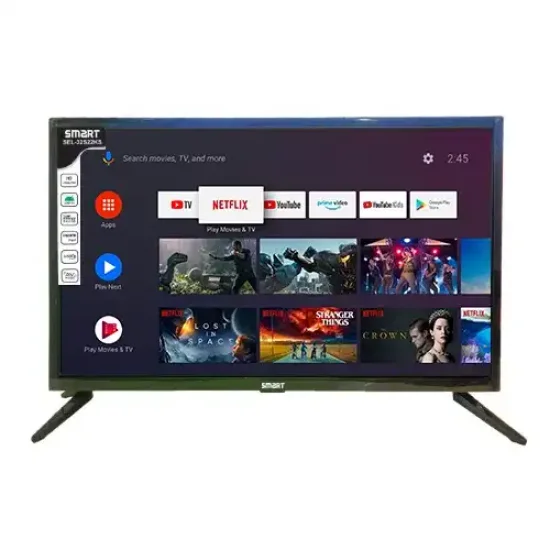
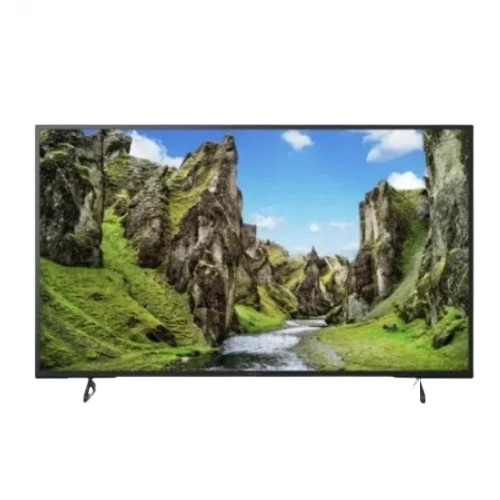
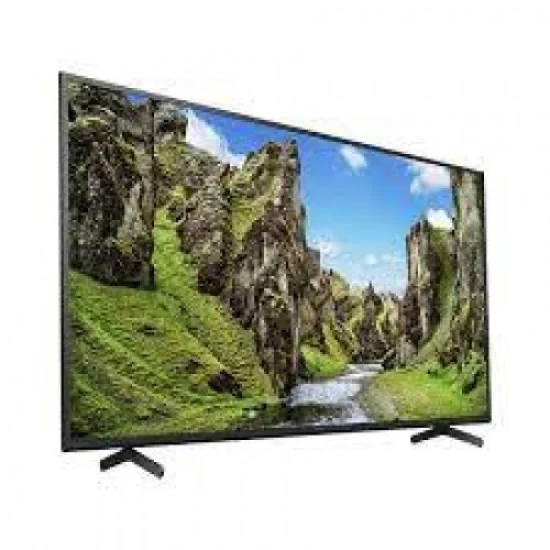











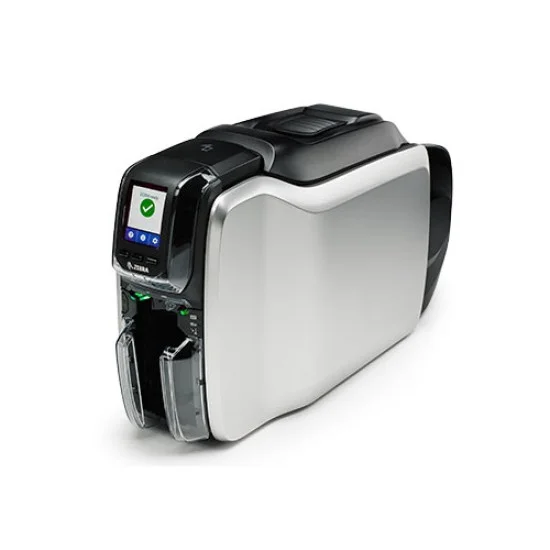
Reviews
Clear filtersThere are no reviews yet.